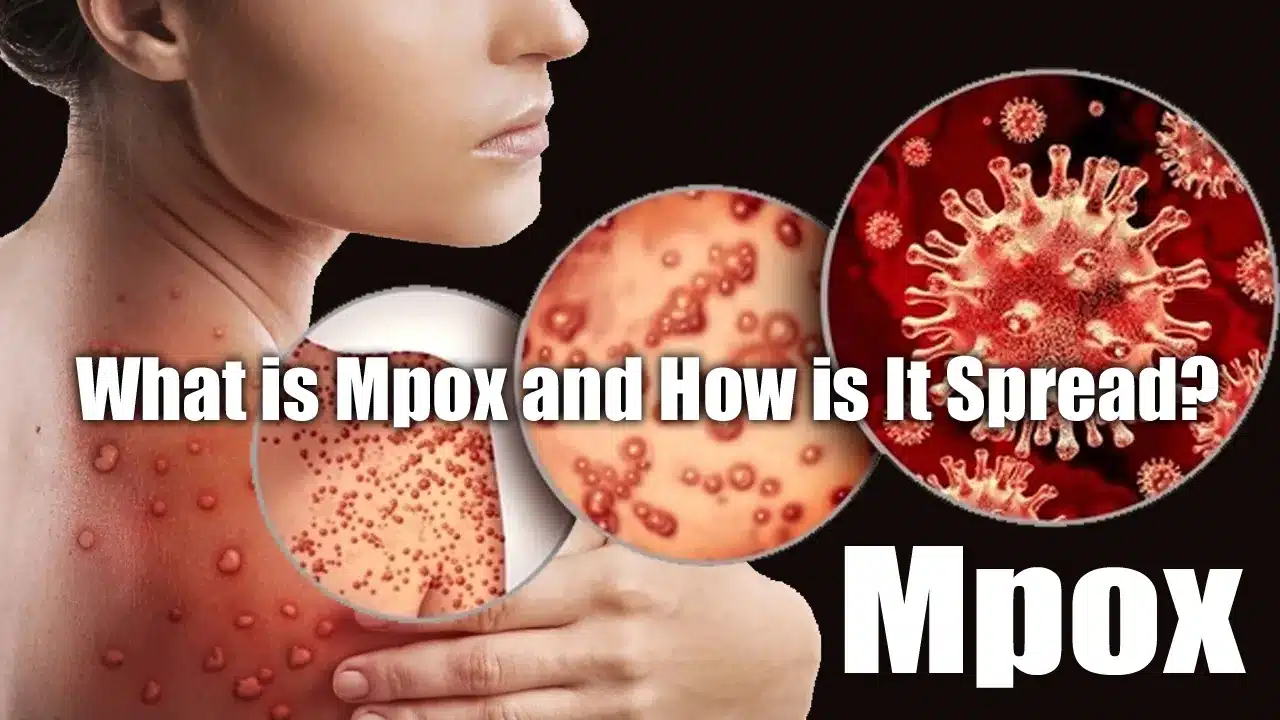What is Mpox and How is It Spread? A Comprehensive Guide

Mpox, previously known as monkeypox, is a viral disease that has garnered attention due to its potential to cause outbreaks. Though it was first discovered in 1958 among monkeys, the disease is not limited to primates; it can affect humans and other animals as well. In recent years, human cases have been reported, raising concerns about its spread and impact.
What is Mpox?
Mpox is caused by the mpox virus, a member of the Orthopoxvirus genus, which also includes the variola virus (responsible for smallpox). The symptoms of mpox in humans resemble those of smallpox, though mpox is generally less severe. It primarily manifests as a flu-like illness followed by a rash that can develop into pustules.
Symptoms of Mpox
The symptoms of mpox typically appear within 5 to 21 days after exposure to the virus. The disease usually progresses through the following stages:
Initial Symptoms:
Fever
Headache
Muscle aches
Backache
Swollen lymph nodes
Chills
Exhaustion
Rash Development:
A rash often begins on the face and then spreads to other parts of the body, including the hands, feet, and genitals.
The rash progresses from macules (flat lesions) to papules (raised lesions), then to vesicles (fluid-filled lesions), pustules, and finally scabs.
MONKEYPOX VIRUS SYMPTOMS for School, Office, Industry, Public Places, Hospital GNS
The illness typically lasts for 2 to 4 weeks. While most cases are mild, severe cases can occur, particularly in individuals with compromised immune systems or those not vaccinated against smallpox.
How is Mpox Spread?
Mpox can spread from animals to humans and between humans. Understanding the transmission methods is crucial for prevention.
Animal-to-Human Transmission:
Direct contact with the blood, bodily fluids, or cutaneous or mucosal lesions of infected animals.
Consumption of undercooked meat or other products from infected animals.
Human-to-Human Transmission:
Close contact with respiratory secretions, skin lesions, or bodily fluids of an infected person.
Prolonged face-to-face contact, making household members and healthcare workers particularly vulnerable.
Indirect contact through contaminated objects, such as bedding or clothing.
The virus can also be transmitted from a pregnant woman to her fetus through the placenta.
Prevention and Control
Preventing mpox involves several strategies:
- Avoid Contact with Infected Animals:
Refrain from touching wild animals, especially those that appear sick or are found dead in areas where mpox is known to occur.
Practice Good Hygiene:
Regular hand washing with soap and water or using alcohol-based hand sanitizers.
Wearing protective equipment when caring for infected individuals.
Isolate Infected Individuals:
Isolating patients with mpox in healthcare settings to prevent the spread of the virus.
Quarantining exposed individuals when necessary.
Vaccination:
The smallpox vaccine has been shown to provide some protection against mpox, though its use is generally reserved for high-risk individuals.
Mpox is a disease that, while rare, has the potential to cause significant outbreaks, particularly in regions where the virus is endemic. Understanding its symptoms, modes of transmission, and preventive measures is crucial for reducing the risk of infection. By staying informed and practicing good hygiene, individuals can protect themselves and their communities from this viral disease.
If you suspect you have been exposed to mpox or are experiencing symptoms, it is important to seek medical attention promptly to receive appropriate care and minimize the risk of spreading the virus to others.





Thanks for sharing. I read many of your blog posts, cool, your blog is very good.